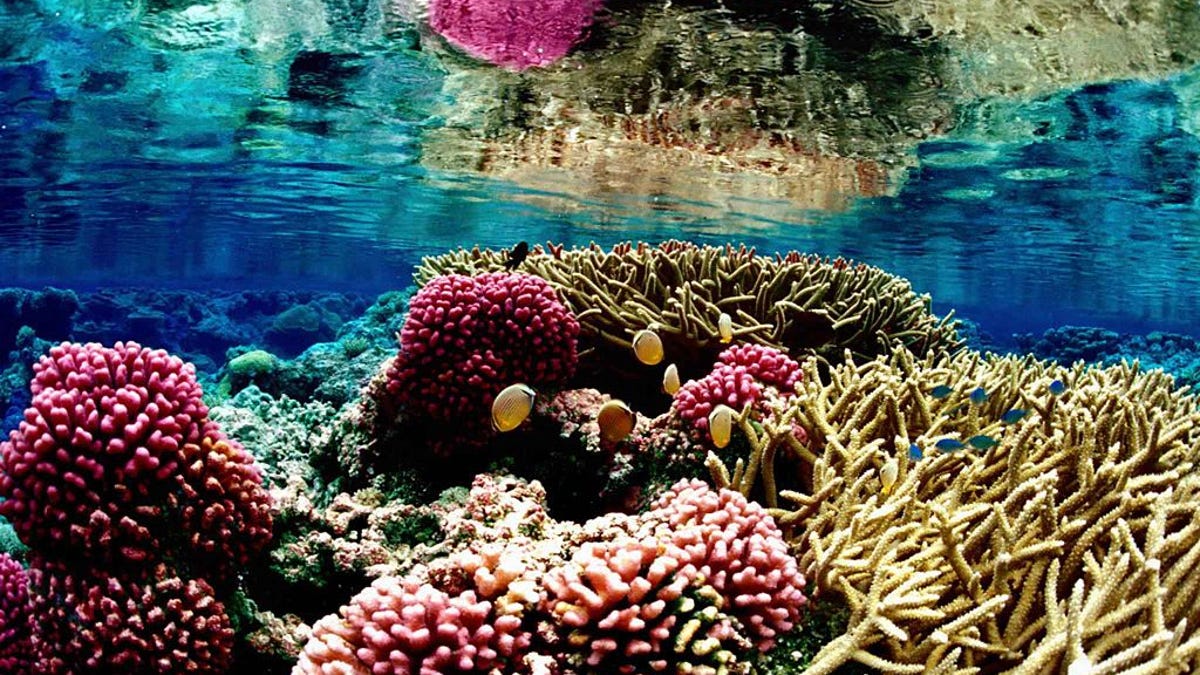Can 3D-printed coral save the world's reefs?
Jacques Cousteau's grandson Fabien plans to use synthetic coral reefs in a new effort toward marine conservation.

Coral reefs harmed by humans could be saved via 3D printing.
The world's coral reefs are in serious crisis. One quarter are damaged beyond repair, according to the World Wildlife Fund, due to pollution, overfishing, climate change and even sunscreen lotion.
Marine scientists are looking for new ways to repair the reefs by using such things as starfish-blocking robots and sea-snail perfume.
Legendary ocean explorer, conservationist and documentary filmmaker Jacques Cousteau spent his lifetime teaching the public about the wonders of the sea. In his later years, he also talked about marine conservation and threats like pollution.
Now his grandson Fabien Cousteau wants to rebuild the world's ocean reefs by using coral created from 3D printers.
In nature, coral reefs are made up of calcium carbonate skeletons where tiny organisms called polyps take root. Polyps also build their own reefs, but at such a slow rate -- one centimeter a year at most -- that they can't replace the skeletons as fast as they are being destroyed.
Cousteau hopes that 3D-printed reef skeletons, which are made using calcium carbonate just like natural coral, will entice the polyps to live in them.
"We're experimenting with building coral out of what coral is made of," Cousteau told Popular Mechanics in its March issue. "Nature does things better than we could ever imagine doing. Why not use that lesson in creating a coral structure?"
Cousteau has made varied pore textures and more than 30 coral shapes to mimic the look of a natural reef. These printed reefs are then "anchored to the ocean floor on trays or integrated directly into existing reefs," according to Popular Mechanics.
Researchers from the Fabien Cousteau Ocean Learning Center have already begun to experiment with this method in the real world. This winter a team of divers installed the first artificial reef on the ocean floor in a Caribbean island near Venezuela called Bonaire. Cousteau hopes to see the coral "blooming and thriving by early spring," according to the magazine.
Batteries Not Included: The CNET team shares experiences that remind us why tech stuff is cool.
Solving for XX: The industry seeks to overcome outdated ideas about "women in tech."

